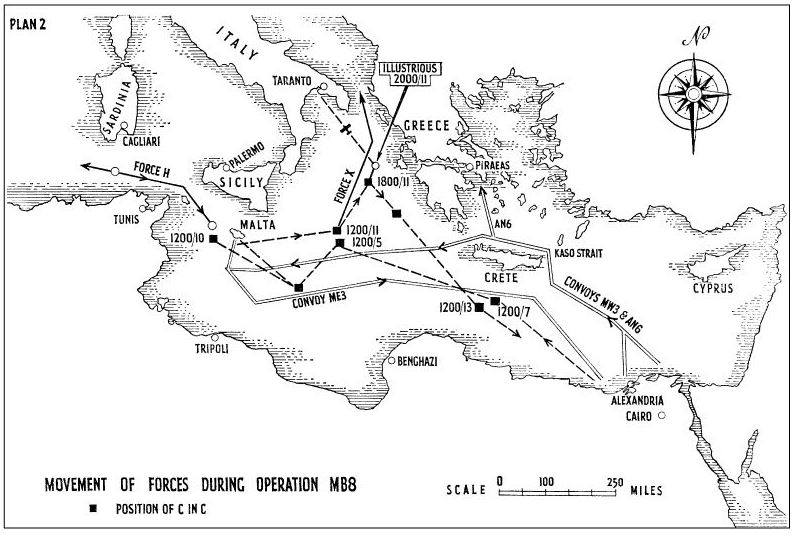Remember the Washington Naval Treaty.Any chance any major navy decides carriers are the future, and drops battleship & battlecruiser construction? Building a forward looking carrier force instead?
Does naval airpower (land based as well as carrier) make any sense for second tier navies like France, Italy, USSR, or Germany? This in terms of aircraft technology 1925-1935.
Of the three which did build operating carriers which is the most likely to go that direction? Since the US was only building carriers 1920-1938 it might be the most likely?
Japan and the USA built aircraft carriers up to its limits IOTL.
The other first tier navy (and the one with the most experience of naval aviation before 1920) was the Royal Navy. It wanted to build its aircraft carrier force up to the Treaty's limits and in spite of its the financial state at the time the UK could have afforded to do so. However, the Government would not provide the money. This wasn't because of the RAF and the Treasury. It was because of public opinion.
After World War One a lot of people thought there must be a better way than "arming for peace" (deliberate Billy Bragg reference). There's a quote about the 1930s Geneva Disarmament Conference in Volume One of Grand Strategy saying that the only criticism made against the British was that if anything they had disarmed too much. There's another quote in it which says that when the RAF's Expansion Scheme A was announced in the House of Commons in 1934 the opposition spokesman said, "We see no reason for an increase in air armaments," or words to that effect. There was a documentary on Lloyd George on the TV a few years ago which included some 1930s newsreel footage of him at a public meeting where he was criticising the Government for spending £300 million paying for the last war and £100 million preparing for the next one.
Or to summarise all forms of military spending were a considerable vote looser between 1919 and the middle of the 1930s. I'm not an expert but there was considerable opposition to rearmament when it finally happened.
As already noted the Royal Navy was the pre-eminent navy in all forms of naval aviation at the time of the POD. Had the British electorate been less averse to spending on the armed forces between the wars more aircraft carriers would have been built for the Royal Navy between 1924 and 1934, with a corresponding increase in the size of the Fleet Air Arm of the Royal Air Force. The RAF would also have had more flying boats and torpedo bombers based ashore.
However, there is absolutely no chance that the admirals will decide that, aircraft carriers are the future and stop building capital ships, in the 1920s. Nelson and Rodney will still be built in the 1920s. They won't build any capital ships in the first half of the 1930s, but that is because there will still be a First London Naval Treaty to extend the battleship building holiday to the end of 1936. Furthermore, they might refit the existing capital ships more thoroughly than they did IOTL.
On the other hand if the Royal Navy had been given the money to carry out the 1924 Plan the extra experience accumulated by 1935 might have altered British naval thinking sufficiently for the admirals to conclude that the big gun capital ship would become obsolete within the next five years. However, they would still want new battleships as well as more aircraft carriers in case they were wrong. IIRC from Roskill's British Naval Policy Between the Wars this is what the admirals thought IOTL in the second half of the 1930s.
Last edited:
